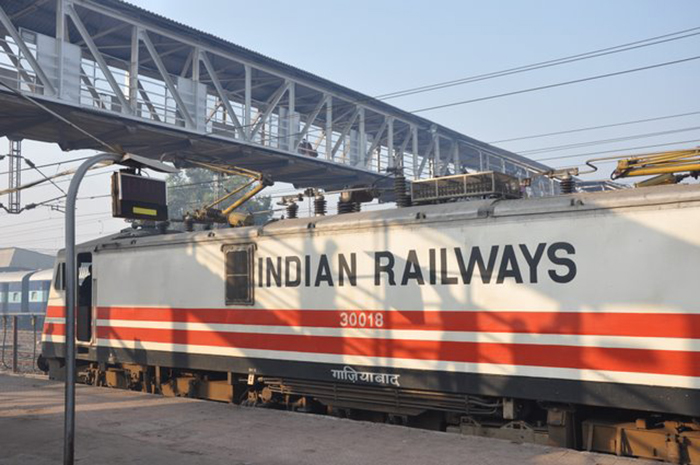Safety in Indian Railways becomes a subject of discussion when there is an accident. The review of train accidents of the last 5 years (2009-10 to 2013-14) for which the data is available indicates that a large number of accidents happen because of derailments & at level crossing. It is also clear that more than 80 per cent of the accidents are caused by human failure (railway staff or otherwise). The good sign however is that the number of accidents per million kilometers run and number of casualties per million passengers carried has come down in the last few years.
Each time there is a train accident, the issue of safety in Indian Railways is discussed for a few days. The train accidents in Madhya Pradesh involving derailments of Varanasi bound Mumbai-Varanasi Kamayani Express and immediately after that derailment of Janata Express from Jabalpur to Mumbai in the midnight of August 4, 2015, in which about 30 passengers lost their lives, more than 300 rescued and several others were missing, were prima facie caused by flash floods in Machak river, near Harda, while crossing a nearby culvert.
Although the Railways authorities have blamed the derailments on the flash floods and resultant natural calamity pending inquiry by Commissioner of Railway Safety, it appears to be a case of gross human failure resulting from railways skipped monsoon patrolling at mishap spot. If only regular patrolling had been there, the railways would have foreseen and taken precautionary and protective measures to ensure safety of rail services on those tracks.
To stem safety related rots, Ministry of Railways must fix accountability of General Managers of Zonal Railways together with Divisional Railway Managers along with the respective multi-disciplinary heads at such levels, to ensure assured safe and time bound rail services to the nation. In this connection, it is recalled how the then Minister of Railways Ram Vilas Paswan had made General Managers accountable for safety and he had suspended two General Managers of Central and South Eastern Railways in order to improve and ensure safety of rail services. Those were the spine chilling moments for top and senior railway officials and system had improved considerably then.
Short-term, mid-term and long-term goals of Indian Railways are network decongestion and expansion to move existing traffic efficiently, faster and to take care of additional traffic as well. To give effect to such measures, the immediate priority is to wipe out accumulated arrears of renewal of aging assets and traffic facilities. Presently, depreciation costs are of Rs.58, 903 crores that include rolling stock, signaling, tracks, bridges, electrical, machinery, plant and other such assets in arrears. Of this, Rs.4, 396 crores are for traffic facilities. This has serious implications on rail safety and requires urgent attention.
Highest fatalities on railways occur at unmanned level crossings. According to official sources, main thrust of safety is, therefore, on the elimination of level crossings either by manning or construction of rail over bridges/rail under bridges. During the current financial year 2015-16, the target is to eliminate 600 unmanned and 150 manned level crossings. The importance attached to safety is clearly evident from the announcement by the Minister of Railways Suresh Prabhu in his budget speech 2015-16, where he has enumerated safety as one of the four goals to transform Indian Railways.
Further, germane to rail safety is implementation of Kakodkar Committee recommendations involving a funding pattern out of multiple allocations like Gross Budgetary Support, Railway Safety Fund (funded out of diesel cess from the Ministry of Finance), Development Fund and Depreciation Reserve Fund. These involve investments on signaling, level crossings, Linke Hoffmann Busch (LHB) German coaches manufactured indigenously and now in use in Rajdhani and Shatabdi trains, bio-toilets/vacuum toilets, weigh bridges, IT applications, communication systems, track machines, welding plants, formation improvements, training simulators, Research & Development etc.
To give effect to Kakodkar Committee report on rail safety, Ministry of Railways has approached Finance Ministry for creation of Special Railway Safety Fund (SRF-II). SRF-I was created by the Atal Behari Vajpayee Government with a corpus of Rs.17,000 crores that was operational from April 1, 2001 to March 31, 2008. SRF-II would be used for critical safety items including tracks, bridges and signaling systems.
Given the action-oriented dynamism of the Railway Minister Suresh Prabhu, People of India exude confidence that safety standards of Indian Railways will improve remarkably in the days to come. Simultaneously, capacity constraints, decongestion, expansion of rail network and all round modernization would also improve to increase overall productivity of railways!

